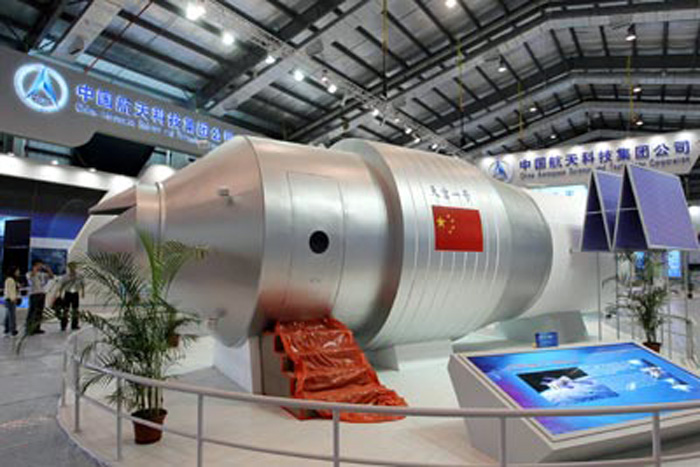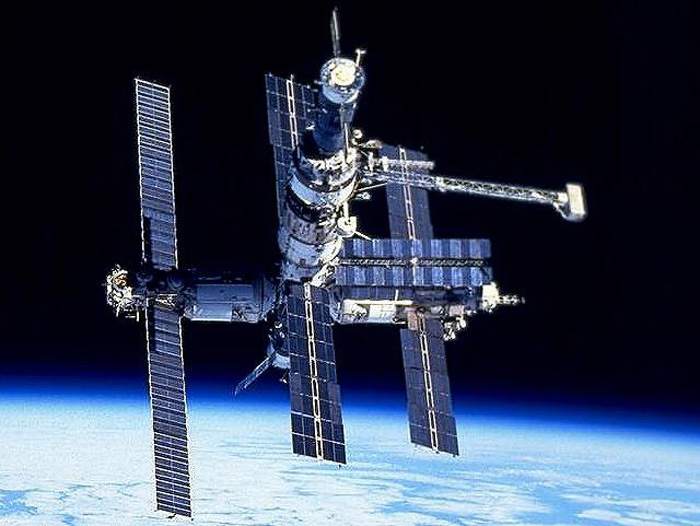A goal like this had only been achieved before by Americans and Russians. For Gregorio Portilla, professor of the Astronomical Observatory of Universidad Nacional de Colombia, this is very positive "since countries like USA are canceling programs for aerospace exploration and have reduced the budget given to organisms such as NASA.
The connection of these two ships was broadcasted in Chinese TV while they were spinning at 343 kilometers from the planet.
The connection of these two modules is very important to achieve the capacity and knowledge for the construction of a space laboratory capable of hosting astronauts for many months.
The mating maneuver lasted eight minutes. These ships will remain united around 12 days, and then they will briefly separate and will reconnect a second time, before they return to Earth on November 17th.
For Diana Andrea Gomez, internationalist, sinologist and professor of the Political Sciences Department of Universidad Nacional de Colombia "this is a demonstration of the efforts some nations make to foster human talent for the development of science and technology. It is important to remember that China is rich in natural resources."
If the mission is successful, two new similar ships will be launched next year, and at least one will be manned.
During this trip, the impact of flights will be analyzed on human breathing, temperature and blood pressure.
 Correo Electrónico
Correo Electrónico
 DNINFOA - SIA
DNINFOA - SIA
 Bibliotecas
Bibliotecas
 Convocatorias
Convocatorias
 Identidad UNAL
Identidad UNAL





